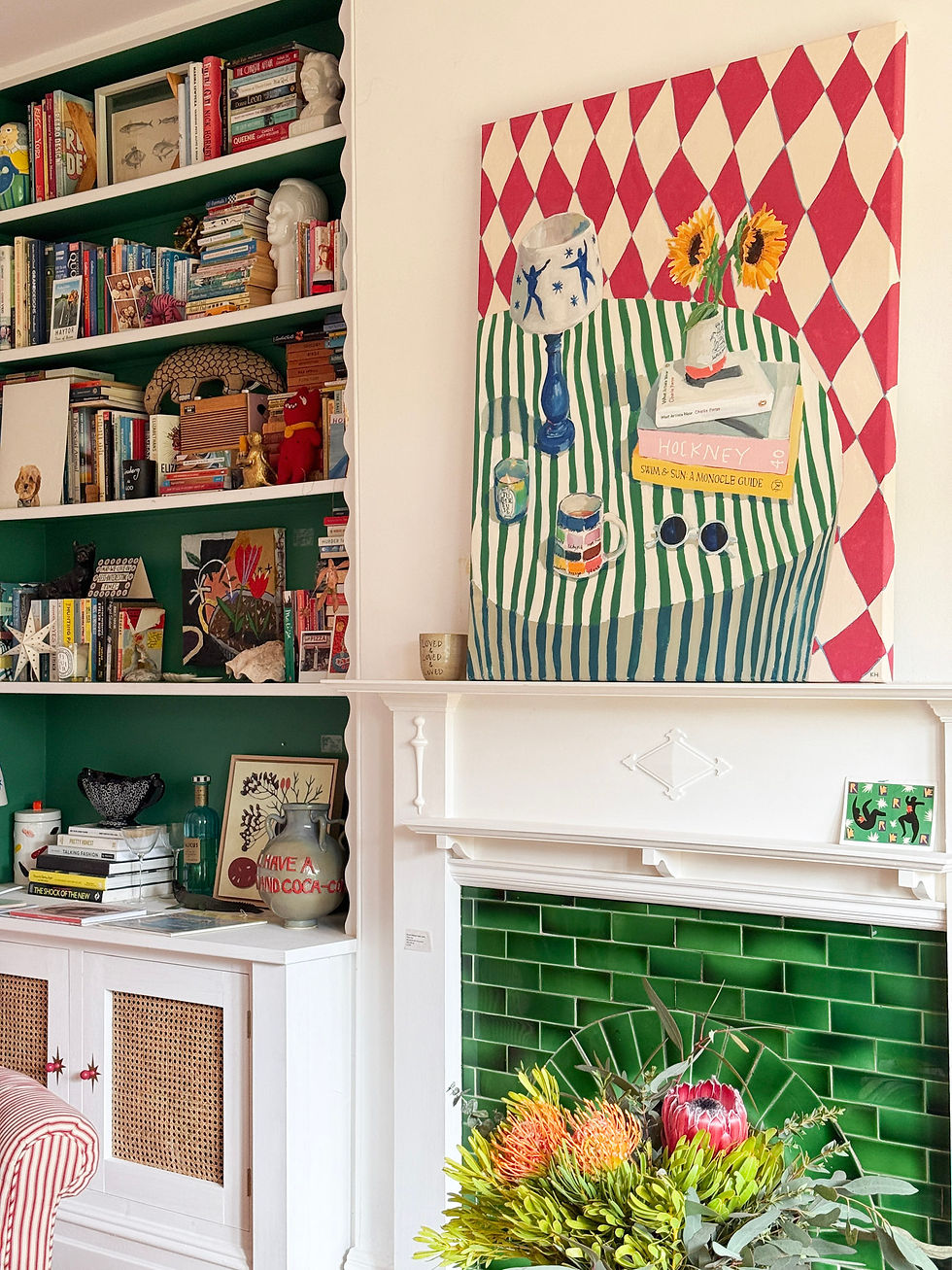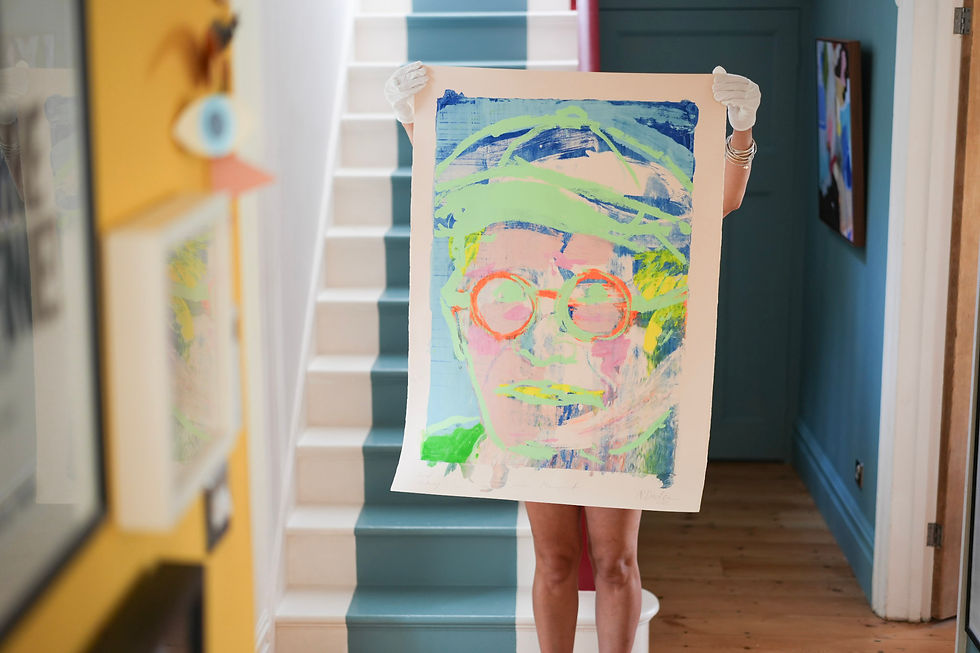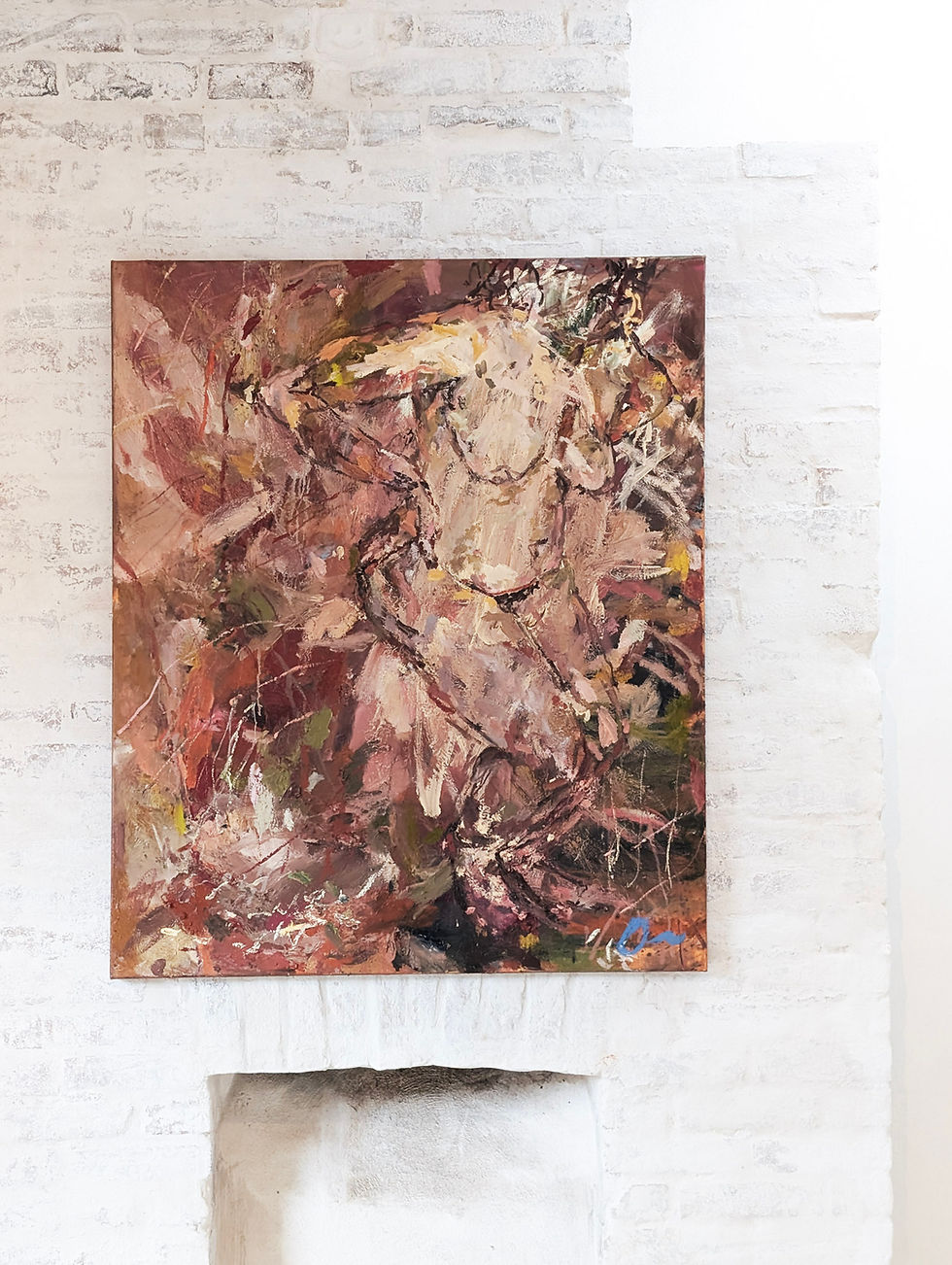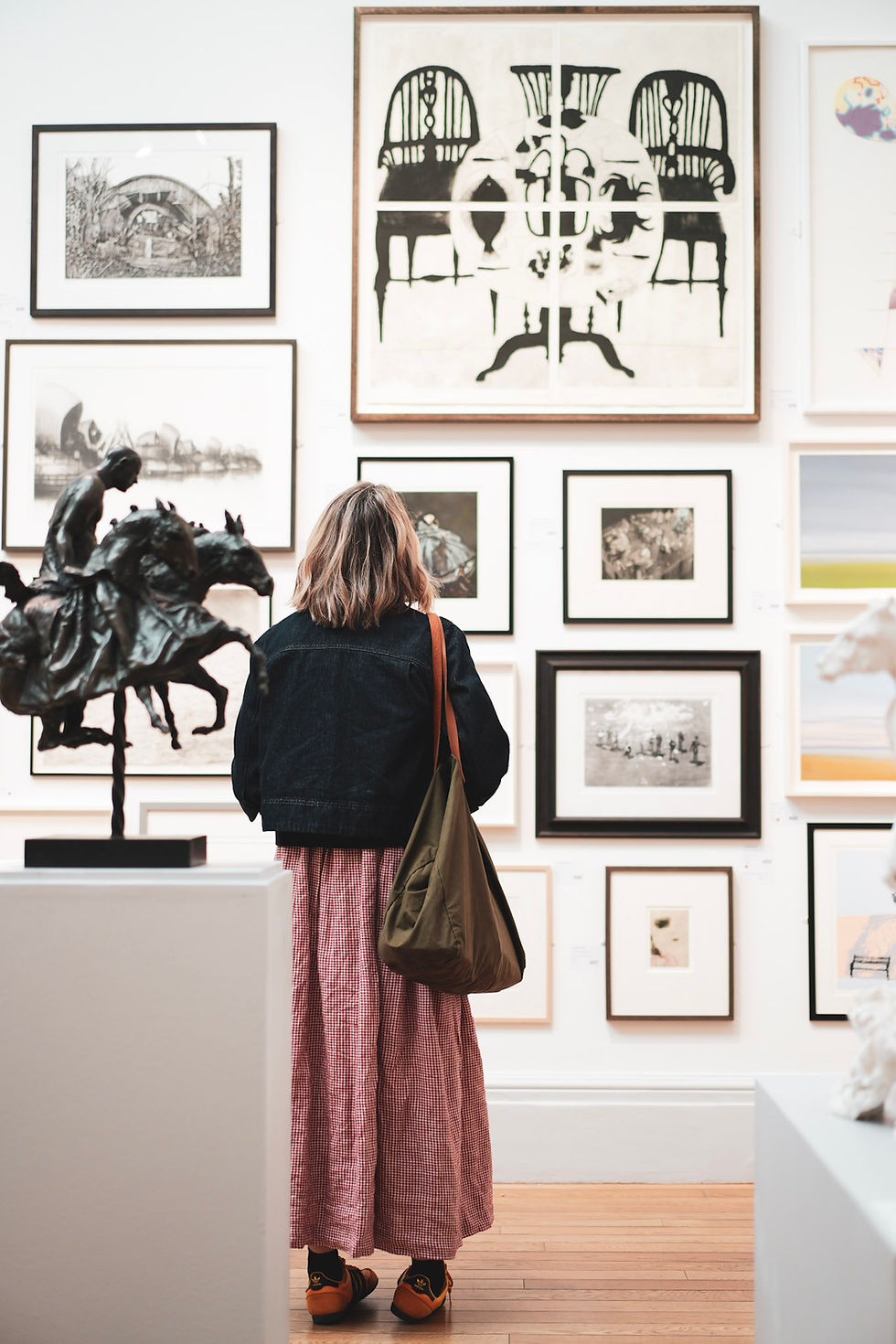What to Look For When Buying Art: A Guide for Art Lovers and New Collectors
- Emily Hadley
- Sep 23
- 4 min read
Buying art can be an incredibly rewarding experience enriching your home and spirit. However for many it can also feel intimidating. Where do you even begin? What makes a piece 'good'? And how do you know if you're making a wise investment or simply buying something that will bring you joy?
Fear not! This guide will walk you through key considerations when venturing into the art market whether you're a first-time buyer or a seasoned collector.
Trust Your Gut: Does the Art Speak to You?
This is perhaps the most crucial point. Before you even think about the artist's price or investment potential ask yourself: do I genuinely love this piece? Art is first and foremost meant to evoke emotion, spark conversation and provide aesthetic pleasure. If a piece doesn't resonate with you on a personal level it won't matter how prestigious the artist is or how much it might appreciate in value. You'll be living with it so make sure it brings you joy.
Think about how the art makes you feel. Does it calm you? Energise you? Inspire you? Challenge you? Your emotional connection is paramount when buying art for your home.
Consider Your Space and Lifestyle
While impulse buys can be fun, a little planning goes a long way.
Where will it go? Measure the wall space available. A tiny painting can get lost on a vast wall and a colossal canvas can overwhelm a small room.
What's the existing decor? While art doesn't have to perfectly match your furniture, consider if it will complement or clash with your current aesthetic. Do you want the artwork to be a focal point or blend seamlessly?
Lighting: How will the natural and artificial light in your chosen spot affect the piece? Some art looks best in bright open spaces while others thrive in more subdued lighting.
Understand the Medium and its Impact
Art comes in countless forms each with its own characteristics and care requirements. Familiarise yourself with different mediums to make an informed decision:
Paintings: Oils, acrylics or watercolours. Oils are known for their rich colours and longevity, acrylics for their versatility and quick drying time and watercolours for their transparency and fluidity.
Prints: Etchings, lithographs, screenprints or giclées. Learn about limited editions vs. open editions and the difference between an original print and a reproduction.
Sculptures: Bronze marble wood mixed media. Consider weight stability and proper placement.
Photography: Archival quality prints are essential for longevity.
Drawings: Pencil, charcoal and ink. These can be incredibly expressive but often require careful framing to protect them.
Knowing the medium will help you understand the art's durability, how to care for it and often its price point.

Research the Artist to Gain Deeper Insight
A little background research can significantly enhance your appreciation for a piece. When you're looking for art for sale take a moment to learn about the creator:
Biography: Where did they study? What are their influences?
Artistic Style: Is their work consistent? How has it evolved?
Exhibition History: Have they shown in galleries or museums?
Critical Reception: Have they received any awards or notable reviews?
Don't let a lack of a long resumé deter you from buying from emerging artists especially if you love their work. Everyone starts somewhere!

Condition and Provenance are Key to Value
When buying art, especially older or more valuable pieces, condition is a key factor.
Paintings: Look for cracks flaking paint repairs or discoloration.
Works on Paper: Check for foxing (age spots) tears creases or fading.
Frames: Is the frame structurally sound? Does it protect the artwork properly?
Provenance refers to the history of ownership of a piece. Knowing its lineage can add to its value and authenticate its origin. For significant purchases ask for a certificate of authenticity.
Budget and Investment
Art prices vary wildly. Establish a budget you're comfortable with before you start looking.
While you should always buy what you love and understanding the investment potential can be an added bonus. Factors that influence investment value include:
Artist's Reputation: Established artists generally command higher prices.
Rarity: Limited editions or unique pieces are often more valuable.
Condition: Excellent condition is always preferred.
Provenance: A distinguished ownership history can increase value.
Market Trends: The art market can fluctuate so stay informed.
However if investment is your primary goal consider consulting an art advisor. For most casual buyers ‘investment ‘means buying something that holds its value and brings lasting pleasure.
Where to Find and Buy Art
Galleries: Reputable galleries offer curated collections professional advice and often instalment plans. They authenticate works and provide provenance.
Art Fairs: These events showcase multiple galleries and artists under one roof offering a diverse range of styles and price points.
Auction Houses: Can be a source for established works but require careful research and understanding of bidding processes.
Online Marketplaces: Offer convenience and a vast selection but be diligent in verifying authenticity and seller reputation.
Artist Studios/Open Studio Events: A wonderful way to meet artists directly, see their process and often purchase at more accessible prices.
What to Look For When Buying Art
So to sum up what to look for when buying art buying art; it's a journey of discovery. It's about finding pieces that resonate with your soul, enhance your environment and perhaps even grow in value. Don't be afraid to ask questions, take your time and most importantly trust your own taste. Happy hunting!









Comments